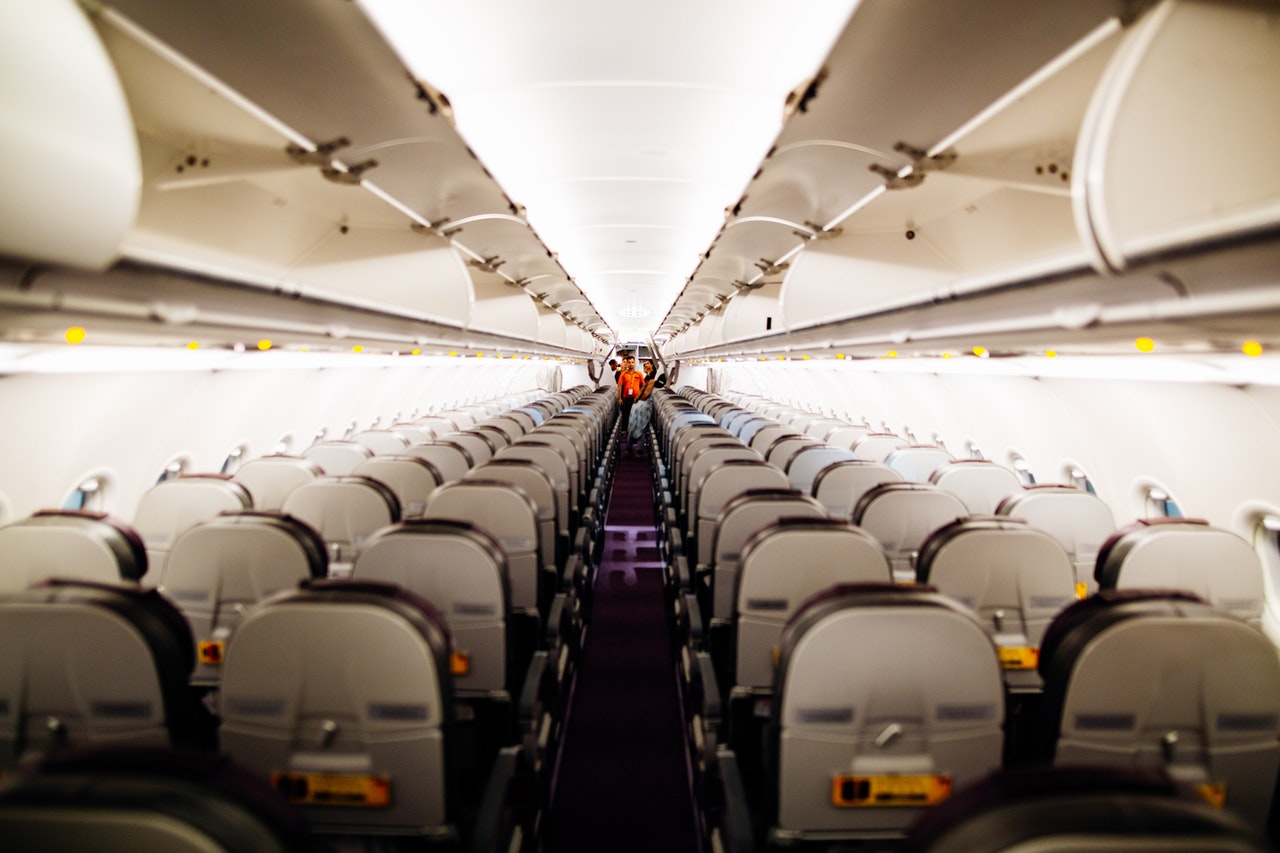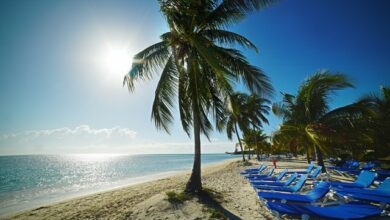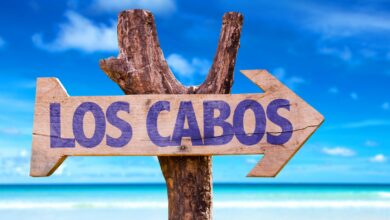Airlines are Dialing Back Covid-19 Cleanings to Speed up Flight Turnarounds

Since mid-March 2020, most Americans have been pre-occupied with the health and well-being of their own families from the coronavirus. For nearly 160,000 families, death from this disease has hit home with devastating consequences. However, the prospect of air travel for some, has become an even more daunting task than in previous years. We’re breaking down the most up-to-date information on air travel risks, the skinny on the science and a review of some do’s and don’ts when flying. Read More »
What the Experts are Saying
Of course, your greatest chance of staying healthy and avoiding the spread of Covid-19, is staying home. But, many of us have life situations or occupations that require frequent flying.
Here are a few things the folks at the Centers for Disease Control recommend keeping in mind when flying:
Don’t travel if you are sick or have been around anyone who has been sick in the past two weeks (14 days).
Will your possible exposure to Covid-19 make more likely to sicker longer or expose those close to with underlying conditions to this devastating illness? Keep in mind ANYONE AT ANY AGE CAN BECOME ILL FROM THE VIRUS.
Don’t travel with someone who is sick.
Check Covid-19 spread at your place of arrival. Obviously if there is a spike or a larger amount of cases at your destination, your chances of becoming sick and spreading Covid-19 increases greatly.
Check your destination for restrictions or requirements for travel. For example, New York State requires a 14-day self-quarantine. Nearly all countries in the European Union do not allow travel from The United States. You may need to self-quarantine for 14 days or more. This is time that would have to be built into your travel plans.
Keep in mind that most airlines are requiring masks on flights. You may be asked to put on a mask when boarded. You may also be removed from your flight if you refuse to do so. Remember, masks are for EVERYONE’S safety.
Wash your hands for 20 seconds with hot water and soap. If this is not an option, use hand sanitizer with at least 60% alcohol.
Avoid touching your face, especially, eyes, nose and mouth.
Stay 6 feet away from fellow air travels while pre-boarding and at check in and follow the boarding instructions of your air carrier at the gate.
How Southwest, American and Alaska Airlines Have Chosen to Fight Coronavirus
As of March 4, 2020, Southwests Airlines began a rigorous and intensive cleaning regimen of each aircraft every night.
Their 6+ hour cleaning procedure used a hospital grade, EPA approved disinfectant in bathrooms and throughout the entire cabin and flight deck. This disinfectant kills germs for at least 30 days. They had intended these procedures to meet or exceed CDC and WHO guidelines.
All Southwest aircraft are equipped with a HEPA filter used by hospitals to help improve cabin air quality. These airlines also had a special air circulation system that mixed outside fresh air into the onboard air system. This enabled the craft to have a complete air exchange every 3 minutes
However, as of August 1, 2020 some of those good things came to an end.
Southwest Airlines discontinued their practice of wiping down arm rests and seat belts between each flight, and instead will be focusing on “high touch” areas such as bathrooms and tray tables. These areas will be disinfected as per their original protocol. However, passengers will be given sanitizing wipes upon request should they feel the need to take care of cleaning their own seating area further. It might be a good idea to invest in a package or two of wipes to keep with you when flying.
These changes were, of course, to keep from cutting personnel and maintaining aircraft turnaround time which has been the basic formula of the business model for Southwest Airlines since its inception.
American Airlines has also revamped their cleaning process. In between flights, as many as 8 airline employees take at least 30 minutes to clean the entire cabin of each aircraft. By using a broad-spectrum disinfectant, American Airlines feels thy are helping to ensure the safety of their passengers. Each night every American Airlines craft is deep cleaned. A completed sanitization is performed every 7-10 days for the entire interior of the cabin of each airliner.
Alaska Airlines seems to have gone to the net level is coronavirus cleanliness. Taking their cue from the University of Washington Infectious Disease Model, Alaska seeks to maintain “Next-Level Care” for all their passengers. From the “No mask-No travel” policy to limiting the number of passengers, Alaska places its guests first. There is even a required pre-flight health questionnaire to complete. On board cleaning procedures come straight from the Infectious Disease Directors of the University of Washington. From the use of electrostatic disinfectant to hospital-grade HEPA filters, each Alaska airliner is thoroughly cleaned and inspected prior to every flight.
Tourism, as with many other aspects of our economy, will make its way back into our everyday day lives eventually. However, it is up to all of us to heed the health warnings and stay vigilant to help make the transition to the “new normal” smoother for everyone.





